canning question
fovlet
14 years ago
Related Stories
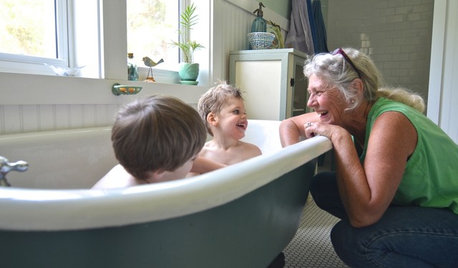
BATHROOM MAKEOVERSFrom Canning Porch to Beautiful Vintage Bath in Oregon
Thrifty finds and DIY labor transform a cramped space into a serene hotel-style bath on a budget
Full Story
REMODELING GUIDESPlanning a Kitchen Remodel? Start With These 5 Questions
Before you consider aesthetics, make sure your new kitchen will work for your cooking and entertaining style
Full Story
EDIBLE GARDENSHow to Grow Your Own Peaches and Nectarines
Make gardening a little sweeter with these juicy fruits, which you can eat after plucking or preserve for later
Full Story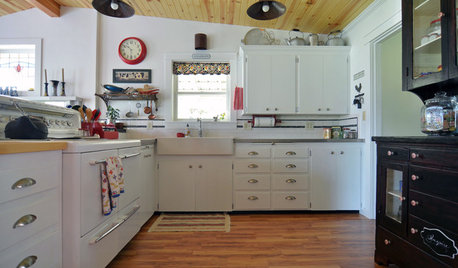
BEFORE AND AFTERSKitchen of the Week: Classic White Farmhouse Style Restored
A couple remodel their kitchen to better match their 19th-century Oregon home’s style
Full Story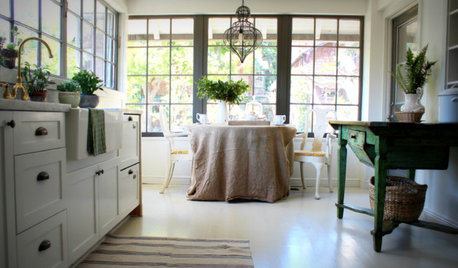
KITCHEN DESIGN12 Farmhouse Touches That Bring Homeyness to a Kitchen
Shaker cabinetry, country-store-inspired hardware, barn elements or a key piece of art will add homestead appeal to your kitchen
Full Story
LIFESlow Living 101: Tips for Turning Off the Chaos
It may feel as though you're too busy to slow down and enjoy life. But even little changes can have a big effect
Full Story
BASEMENTSDesign Workshop: Is It Time to Let Basements Become Extinct?
Costly and often unnecessary, basements may become obsolete — if they aren’t already. Here are responses to every reason to keep them around
Full Story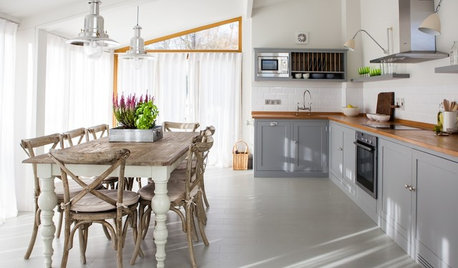
DECLUTTERINGFoolproof Ways to Declutter Your Kitchen
If you find yourself fumbling through cupboards to find what you’re looking for, it’s time to take action with these simple steps
Full Story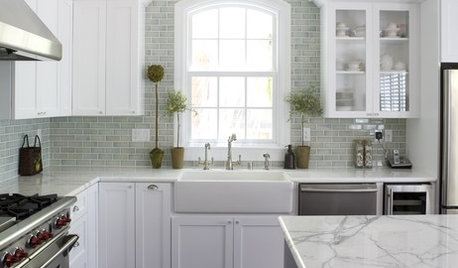
INSIDE HOUZZA New Houzz Survey Reveals What You Really Want in Your Kitchen
Discover what Houzzers are planning for their new kitchens and which features are falling off the design radar
Full Story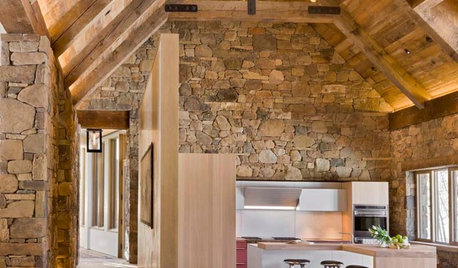
ARCHITECTUREDesign Workshop: Materials That Tell a Story
See how wood, concrete and stone convey ideas about history, personal taste and much more
Full StoryMore Discussions






readinglady
dgkritch
Related Professionals
Danbury Landscape Architects & Landscape Designers · Prairie Ridge Landscape Architects & Landscape Designers · Americus Landscape Contractors · Bellefontaine Neighbors Landscape Contractors · Gainesville Landscape Contractors · Hannibal Landscape Contractors · Kahului Landscape Contractors · Lebanon Landscape Contractors · Oakland Landscape Contractors · Old Saybrook Landscape Contractors · Rochester Landscape Contractors · West Covina Landscape Contractors · Memphis Roofing & Gutters · Kinnelon Roofing & Gutters · Brea Driveway Installation & Maintenancedigdirt2
fovletOriginal Author
readinglady
fovletOriginal Author
readinglady
fovletOriginal Author
digdirt2
readinglady
fovletOriginal Author
readinglady